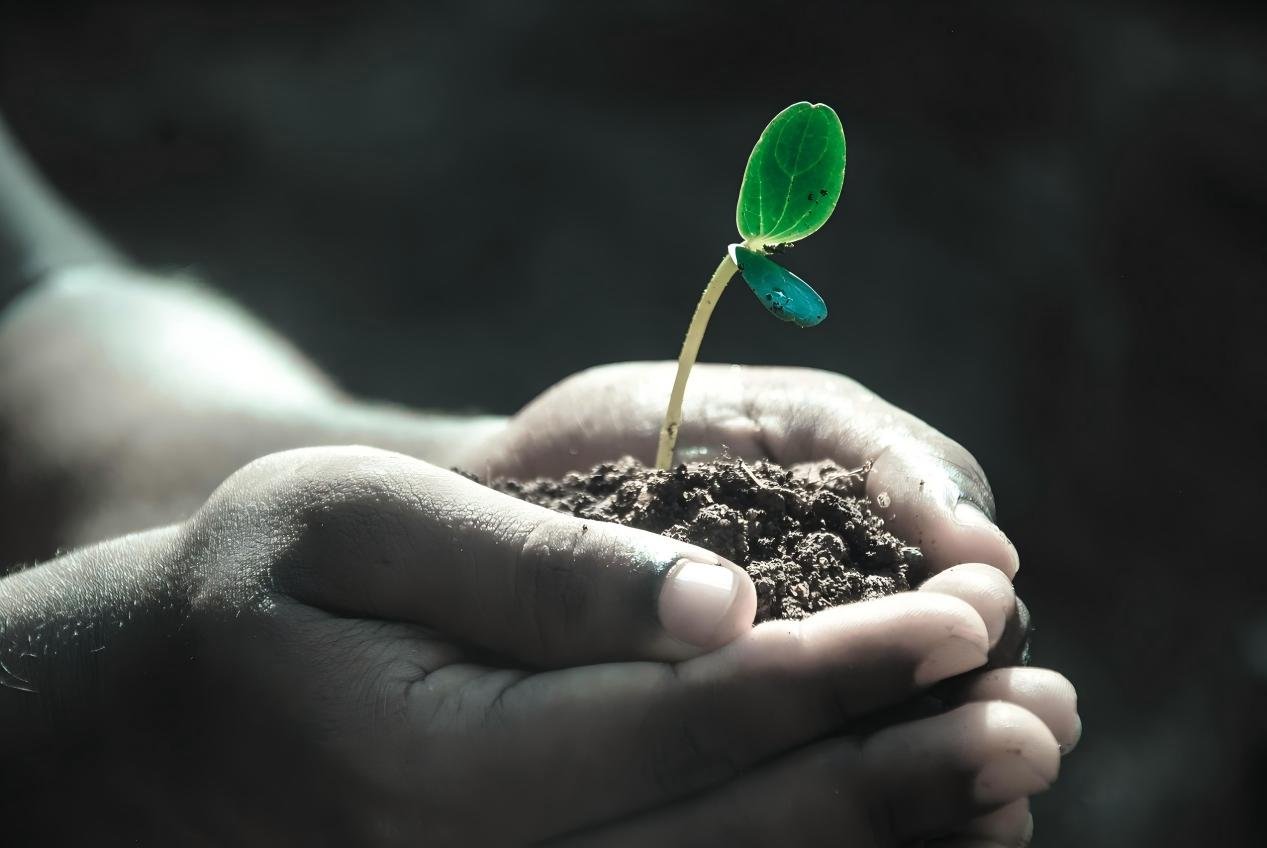Recently, the global fertilizer trade pattern has changed significantly. Due to Europe's reduced fertilizer imports from Russia, its overall imports increased by 12% year-on-year. China's share of fertilizer exports to Europe increased from 26% to 38%. This shift increased demand for long-distance transport, benefiting the small bulk carrier market. Meanwhile, Russia shifted fertilizer exports to South America and Asia, but overall export growth was limited by EU tariff restrictions.

Impact of US Tariff Policy: US agricultural groups warned that the Trump administration's tariff policies have increased the average effective tariff rate on many agricultural inputs from 0.9% to 12.2%, significantly increasing the cost of fertilizers and other agricultural inputs, putting greater pressure on farmers and potentially impacting their planting structure and the international competitiveness of agricultural products.
Changes in India's Import Demand: From January to June 2025, India's urea imports decreased slightly by 1% year-on-year, DAP imports decreased by 11%, but MAP imports increased by 52% year-on-year. This indicates that India's phosphate fertilizer import sources are diversifying, and attention should be paid to the impact of its bidding policies on the international market.
Localized production in Africa is accelerating: Angola's Namibe Province has commissioned a fertilizer plant with an annual production capacity of 100,000 tons, with an investment of US$19 million. The plant aims to reduce dependence on imported fertilizers, lower foreign exchange expenditures, and ensure food security. This reflects the trend in Africa towards localized production of agricultural inputs.
Green agriculture drives innovation: Driven by the green agricultural transformation, the biofertilizer market is experiencing explosive growth. 2024, China's biofertilizer market size has reached approximately 30 billion yuan, with an annual growth rate of 10%-15%. It is projected that by 2025, the biofertilizer market size may exceed 60 billion yuan, with market penetration reaching 20%-25%. The 2025 Central Government Document No. 1 explicitly lists "organic water-soluble fertilizers such as amino acids and humic acid" as key measures to strengthen agricultural science and technology support, positioning them as a core support area for the green transformation of agriculture.





